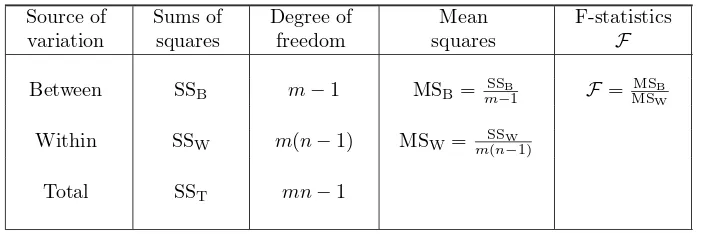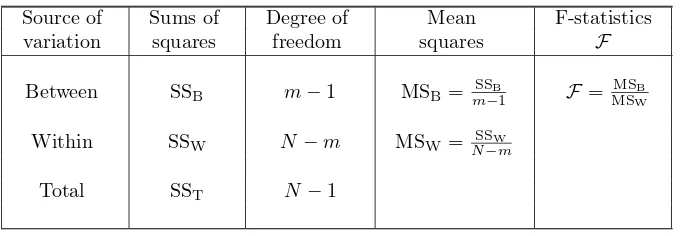Informasi Dokumen
- Penulis:
- Prasanna Sahoo
- Sekolah: University of Louisville
- Mata Pelajaran: Mathematics
- Topik: Probability and Mathematical Statistics
- Tipe: Textbook
- Tahun: 2013
- Kota: Louisville
Ringkasan Dokumen
I. Probability of Events
This section introduces the fundamental concepts of probability, emphasizing its significance in modern science. It discusses various interpretations of probability, including objective and subjective schools of thought. The section establishes the foundational formula for calculating probabilities in discrete sample spaces and sets the stage for more complex discussions in later chapters.
1.1. Introduction
The introduction outlines the philosophical and practical aspects of probability, highlighting its role in quantifying uncertainty. It references Bertrand Russell's assertion about the complexity of probability and introduces the two main interpretations, setting up the framework for the mathematical treatment of probability in subsequent sections.
1.2. Counting Techniques
This subsection covers essential counting techniques crucial for calculating probabilities. It introduces the multiplication rule, permutations, and combinations, providing examples to illustrate how these techniques apply in various scenarios. Understanding these concepts is vital for students as they form the basis for more advanced probability calculations.
1.3. Probability Measure
The concept of a probability measure is defined, explaining how it quantifies the likelihood of events within a sample space. The section presents definitions and examples that illustrate how to assign probabilities to events, reinforcing the connection between probability theory and practical applications in statistics.
1.4. Some Properties of the Probability Measure
This part discusses key properties of probability measures, including axioms that govern their behavior. It presents theorems that clarify the relationships between events, such as the complement and union of events, which are fundamental for understanding more complex statistical concepts.
1.5. Review Exercises
The review exercises provide practical applications of the concepts discussed in the section, allowing students to test their understanding and problem-solving skills. These exercises are designed to reinforce learning and ensure mastery of the fundamental principles of probability.
II. Conditional Probability and Bayes’ Theorem
This section delves into conditional probability, offering a rigorous definition and exploring its implications in various contexts. It introduces Bayes' Theorem, a critical tool for updating probabilities based on new evidence, and emphasizes its applications in real-world scenarios, particularly in statistical inference.
2.1. Conditional Probability
The section begins with a heuristic approach to defining conditional probability, illustrating how it differs from unconditional probability. It provides examples that clarify the concept and emphasizes the importance of understanding conditional events in statistical analysis.
2.2. Bayes’ Theorem
Bayes' Theorem is presented as a powerful method for calculating conditional probabilities when prior information is available. This subsection discusses its derivation and applications, particularly in fields such as medical testing and decision-making, showcasing its relevance in both theoretical and practical contexts.
III. Random Variables and Distribution Functions
This section introduces random variables, distinguishing between discrete and continuous types. It explains how distribution functions describe the probabilities associated with these variables, laying the groundwork for understanding statistical distributions and their applications in data analysis.
3.1. Introduction
The introduction to random variables highlights their role in transforming real-world scenarios into mathematical models. It sets the stage for discussing different types of distributions and their significance in statistical analysis.
3.2. Distribution Functions of Discrete Variables
This subsection focuses on the distribution functions of discrete random variables, explaining how to calculate probabilities and expectations. It provides examples that illustrate the practical application of these concepts in various statistical contexts.
3.3. Distribution Functions of Continuous Variables
The discussion shifts to continuous random variables, introducing probability density functions and cumulative distribution functions. This part emphasizes the differences between discrete and continuous distributions, which is crucial for students to grasp.
3.4. Percentile for Continuous Random Variables
This subsection explains how percentiles are calculated for continuous random variables, providing practical examples that enhance understanding of distribution characteristics and their implications in real-world data analysis.
3.5. Review Exercises
The review exercises encourage students to apply their knowledge of random variables and distribution functions, reinforcing their understanding through practical problem-solving.
IV. Moments of Random Variables and Chebychev Inequality
This section explores the moments of random variables, including expected value and variance. It introduces Chebychev's inequality as a fundamental theorem in probability, providing insights into the dispersion of random variables and their applications in statistical inference.
4.1. Moments of Random Variables
The section begins by defining moments and their significance in describing the characteristics of random variables. It explains how moments can be calculated and interpreted, providing a foundation for further statistical analysis.
4.2. Expected Value of Random Variables
This subsection delves deeper into the concept of expected value, discussing its properties and applications. It emphasizes the importance of expected value in decision-making processes and risk assessment.
4.3. Variance of Random Variables
The variance is introduced as a measure of dispersion, explaining its significance in understanding the variability of random variables. The section provides examples that illustrate how variance is calculated and interpreted.
4.4. Chebychev Inequality
Chebychev's inequality is presented as a powerful tool for assessing the probability of deviations from the mean. This theorem is crucial for students to understand the limitations of probability and the implications of variability in data.
4.5. Moment Generating Functions
The concept of moment-generating functions is introduced as a method for summarizing the moments of a random variable. This subsection discusses their properties and applications, particularly in simplifying calculations involving moments.
4.6. Review Exercises
The review exercises provide students with opportunities to apply their knowledge of moments and inequalities, reinforcing their understanding through practical problem-solving.

